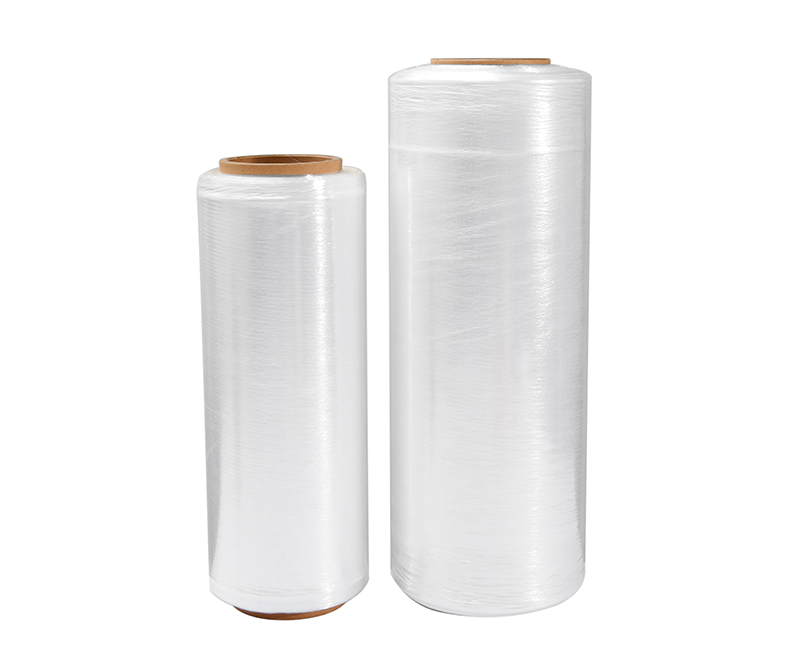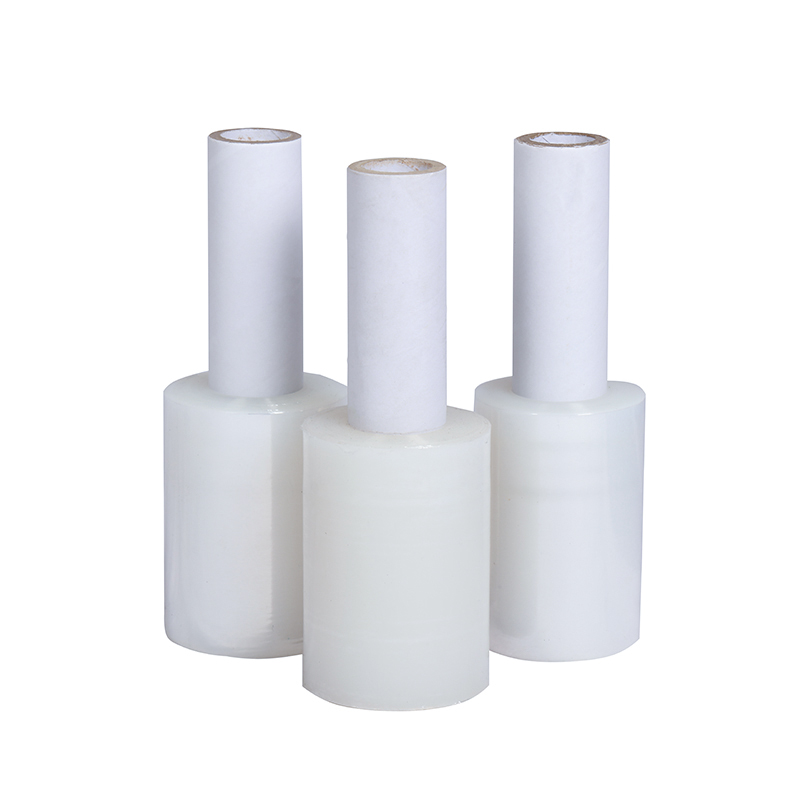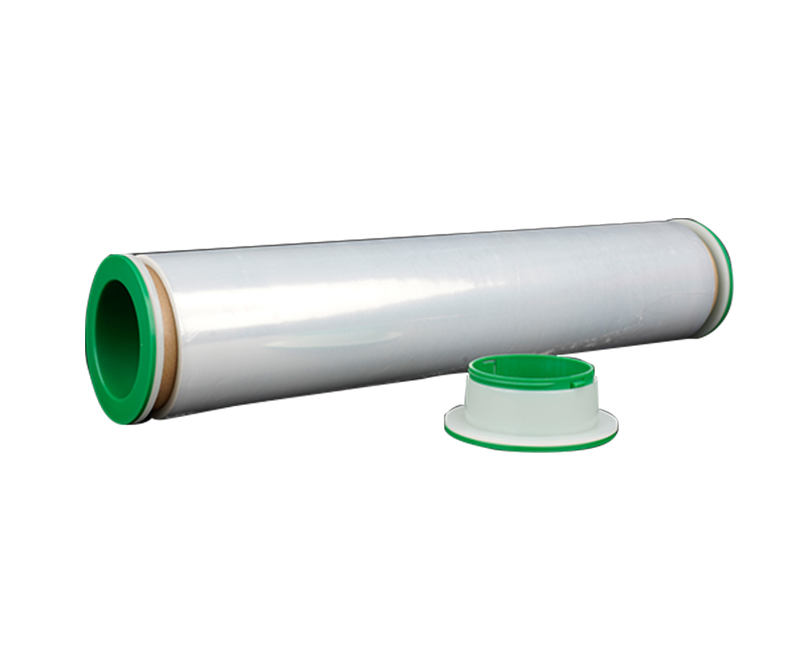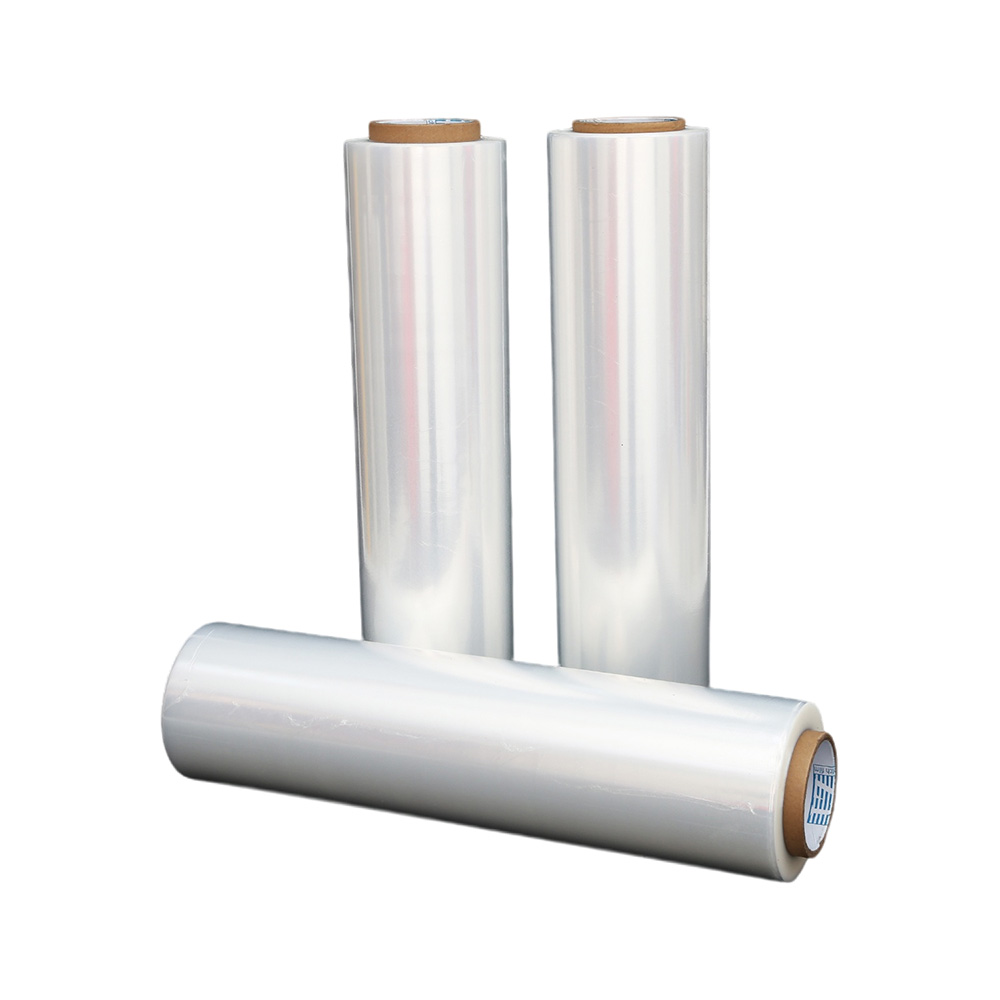Stretch Film Micron vs. Gauge: Conversion & Thickness
Source:Stretch Film Micron vs. Gauge: Conversion & ThicknessTime:2025-07-07Visitors:
Understanding stretch film thickness, typically measured in microns or gauge, is crucial for optimizing packaging, controlling costs, and ensuring load integrity. While converting between microns and gauge is a straightforward mathematical process, the deeper understanding lies in recognizing how film thickness directly impacts performance and efficiency for various applications. This article will clarify these measurement units, provide essential conversion formulas, and delve into why choosing the right film thickness is more critical than just the number itself, impacting everything from load containment to cost-effectiveness.

Table of Contents
- What Are Microns and Gauge in Stretch Film Measurement?
- How Do You Convert Microns to Gauge and Gauge to Microns for Stretch Film?
- Why Is Stretch Film Thickness Important for Performance?
- How Does Stretch Film Thickness Impact Cost and Material Usage?
- What Are the Common Thickness Ranges for Different Stretch Film Applications?
- Does Thinner Stretch Film Always Mean Less Protection?
- How Can You Optimize Stretch Film Thickness for Your Specific Needs?
1. What Are Microns and Gauge in Stretch Film Measurement?
Microns and gauge are two common units of measurement used to specify the thickness of stretch film, with microns representing a metric standard and gauge being a legacy imperial unit prevalent in North America. Both units indicate the film's physical dimension, which directly influences its strength, stretchability, and overall performance.
A micron (µm) is a unit of length equal to one-millionth of a meter (0.001 millimeters). Gauge is an older measurement where 1 gauge equals 0.00001 inches, meaning 1,000 gauge equals 0.01 inches. While gauge is still widely used, the industry increasingly favors microns due to the global adoption of the metric system and its simpler scaling.
2. How Do You Convert Microns to Gauge and Gauge to Microns for Stretch Film?
Converting between microns and gauge for stretch film is a simple calculation based on established equivalencies: one micron is approximately 3.937 gauge, and conversely, one gauge is approximately 0.254 microns. These conversion factors allow for easy translation between the two common measurement systems.
To convert from microns to gauge, multiply the micron value by 3.937. For example, a 20-micron film is approximately 20×3.937=78.74 gauge.
To convert from gauge to microns, multiply the gauge value by 0.254. For instance, a 60-gauge film is approximately 60×0.254=15.24 microns.
Here's a quick reference table for common conversions:
3. Why Is Stretch Film Thickness Important for Performance?
Stretch film thickness is directly correlated with its physical properties, impacting critical performance aspects like load containment, puncture resistance, and tear resistance, which are essential for protecting goods during transit and storage. The appropriate thickness ensures the film can withstand external forces and maintain the integrity of the palletized load.
- Load Containment: Thicker films generally offer greater containment force per wrap, meaning fewer wraps might be needed to achieve adequate load stability for heavy or unstable loads.
- Puncture Resistance: A thicker film provides a more robust barrier against punctures from sharp edges or protrusions on a product. This is crucial for items like metal parts or irregularly shaped goods.
- Tear Resistance: Once a puncture occurs, thicker films are typically more resistant to tearing further across the load, maintaining the wrap's integrity.
- Stretchability: While counter-intuitive, some thinner, high-performance films are designed to stretch much further than thicker, conventional films, optimizing material usage while maintaining strength.
4. How Does Stretch Film Thickness Impact Cost and Material Usage?
Stretch film thickness directly influences both material costs and overall film usage, as thicker films inherently contain more plastic per roll, leading to higher per-roll costs and potentially more material consumption if not optimized. Understanding this relationship is vital for businesses seeking to reduce their packaging expenses and environmental footprint.
A thicker film means you're buying more material per roll. For example, a roll of 80-gauge film will contain more plastic and cost more than a roll of 60-gauge film of the same length and width. However, simply using the thinnest film isn't always the answer. The goal is to achieve adequate load containment with the least amount of material.
This is where concepts like "downgauging" come into play. Modern stretch films, often referred to as "performance films," are engineered with advanced resins that allow them to be thinner (lower micron/gauge) while providing the same or superior strength and stretch characteristics as much thicker traditional films. By successfully downgauging, companies can significantly reduce their film consumption per pallet, directly leading to lower material costs and less plastic waste.
5. What Are the Common Thickness Ranges for Different Stretch Film Applications?
Stretch film thickness varies widely to suit diverse packaging needs, with common ranges tailored for specific applications such as light-duty hand wrapping, heavy-duty machine wrapping, or specialized load protection. Selecting the appropriate thickness ensures cost-efficiency without compromising product safety.
Here are typical thickness ranges and their common applications:
- Light-Duty Hand Wrap (10-15 microns / 39-59 gauge):
-
Used for very light, uniform loads (e.g., small boxes of paper, light textiles).
-
Common for individual item bundling or dust protection.
- Standard Hand Wrap (17-20 microns / 67-79 gauge):
-
Versatile for most general-purpose hand wrapping, including stable, medium-weight pallets.
-
Offers a good balance of strength and manageability.
- Standard Machine Wrap (17-23 microns / 67-91 gauge):
-
Designed for semi-automatic and automatic machines with moderate pre-stretch capabilities.
-
Ideal for a wide range of stable, uniform loads in high-volume environments.
- Heavy-Duty Machine Wrap & Performance Films (10-17 microns / 39-67 gauge, often with high pre-stretch):
-
These are advanced films that, despite being thinner, provide superior containment and puncture resistance due to specialized resins and high pre-stretch on machines.
-
Used for heavy, unstable, or irregular loads that require maximum containment force.
- Extra Heavy-Duty / High Puncture Resistance (25-30+ microns / 98-118+ gauge):
-
Reserved for extremely heavy loads, those with very sharp protrusions, or highly unstable products requiring maximum protection where downgauging might not be sufficient.
6. Does Thinner Stretch Film Always Mean Less Protection?
No, thinner stretch film does not always equate to less protection; modern "performance films" utilize advanced resin technology and high pre-stretch capabilities to deliver equivalent or even superior load containment and puncture resistance compared to older, thicker films. The critical factor is the film's overall performance, not just its numerical thickness.
Historically, thicker film generally meant stronger film. However, advancements in polymer science and stretch wrapping machine technology have revolutionized this. Today's performance films can stretch significantly more (e.g., 250% to 300% on a machine), allowing a 10-micron film to provide the same or better containment force and puncture resistance than a traditional 20-micron film. This concept is central to "downgauging" initiatives. The key is to assess the film's containment force, yield, and puncture resistance for your specific application, rather than solely relying on its micron or gauge number.
7. How Can You Optimize Stretch Film Thickness for Your Specific Needs?
Optimizing stretch film thickness involves a systematic approach that balances load integrity with material efficiency, requiring assessment of your load, current wrapping process, and collaboration with knowledgeable suppliers. The goal is to use the least amount of film necessary to adequately protect your products, minimizing both cost and waste.
Here are key steps to optimize your film thickness:
- Assess Your Load Characteristics:
-
Weight & Stability: Heavier, less stable loads typically require higher containment force.
-
Shape & Protrusions: Irregular shapes or sharp edges demand higher puncture resistance.
-
Transit Conditions: Long-distance shipping, multiple transfers, or rough handling may require more robust wrapping.
- Evaluate Current Wrapping Process:
-
Hand vs. Machine: Machines offer greater pre-stretch and consistency, allowing for thinner films.
-
Machine Calibration: Ensure your stretch wrapper is properly maintained and calibrated to achieve optimal pre-stretch ratios.
-
Wrap Pattern & Overlap: Adjusting wrap patterns and overlaps can reduce the number of film layers needed.
- Conduct Film Trials:
-
Work with suppliers to test different film types, gauges (microns), and pre-stretch levels on your actual loads.
-
Monitor load stability, film breaks, and product damage during transit to identify the optimal balance.
- Partner with a Stretch Film Expert:
-
Reputable suppliers can conduct on-site audits, recommend appropriate film types (e.g., high-performance, machine-specific), and provide data on potential material savings through downgauging.
-
They can help you understand the true cost-per-pallet wrapped, rather than just the cost per roll.
- Train Operators: Ensure that anyone applying stretch film understands best practices for tension, overlap, and proper machine settings.
Conclusion
Understanding stretch film thickness, whether measured in microns or gauge, is far more than just knowing a conversion factor. It's about recognizing how this dimension fundamentally impacts your packaging's performance, cost-efficiency, and environmental footprint. While converting between microns and gauge is simple, the real value lies in leveraging advanced film technologies and optimizing wrapping processes to achieve superior load containment with the least amount of material. By making informed choices about thickness and embracing a holistic approach to film usage, businesses can significantly reduce their logistics costs, minimize product damage, and enhance their sustainability efforts.
For businesses looking to master their stretch film strategy, Dongguan Zhiteng Plastic Product Co., Ltd. offers unparalleled expertise. With 17 years of experience in crafting high-quality stretch films, we specialize in providing tailored solutions, including advanced machine films and hand films across various optimized thicknesses. Our dedication to innovation ensures we can help you navigate the complexities of film performance, enabling you to achieve optimal load containment, reduce material consumption through effective downgauging, and ultimately lower your logistics costs. Partner with Zhiteng to find the perfect film thickness solution for your unique packaging needs.
Recommended Products
Ranked in the same article
- how to use the stretch film technology to r
- How can we get detailed price list?
- Five common quality problems of PE protecti
- Plastic film degradation
- How to guarantee punctual shipment for our
- Gauge to Micron and Millimetre Conversion G
- What is the difference between stretch film
- Testing the permeability of stretch film
- Stretch film temperature requirements
- Electrical wire film VS electrostatic film
- Why insufficient transparency of stretch w
Latest news articles
- The significance of using PE electric wire
- What is the Difference Between Magic Tape a
- The 133rd Spring Canton Fair
- What Properties Ensure Effective Cold Chain
- How to check the quality of PE stretch film
- Factors affecting viscosity of PE stretch f
- Stretch Film Wrap: Unraveling Its Benefits
- The Ultimate Guide to Choosing the Right Ma
- Advantages of white engineering film
- How can PE stretch film be cut better?
- Bundling Stretch Film: Optimize Your Packag



